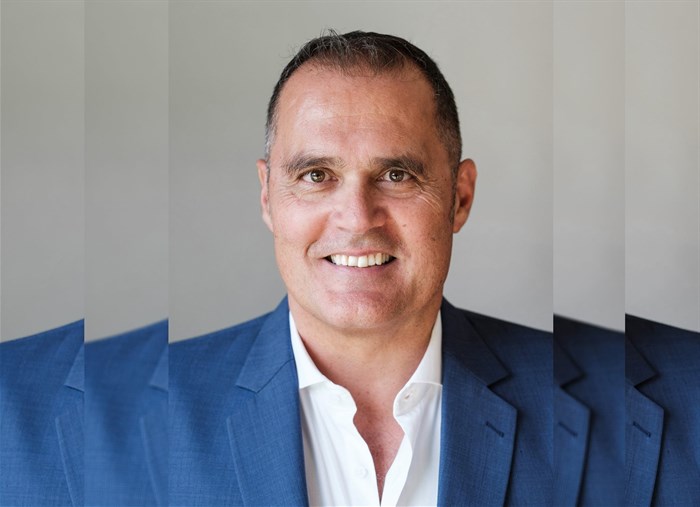Marketing & Media trends
Industry trends
BizTrends Sponsors
Trending



 Does anyone know what content is any more?Justine Drake
Does anyone know what content is any more?Justine Drake

#BizTrends2023: Education must prepare our children for the real world

I believe there are the three major, global education trends we need to integrate into our education system so that our children are able to take their rightful place in the world.
Teaching methodology
- Gamification – this approach aims to motivate students by incorporating video game design and gaming elements into the process of learning. The gamification technique recreates the same factors in the classroom integrating elements from games to provide students with opportunities to act autonomously and to display competence. Apart from that, gamification techniques have been proven to aid in cognitive development in adolescents, and teachers can use gamification to level up engagement and competition in the classroom.
Having incorporated gaming into our school has taught our students to learn to work together, use strategic thinking and planning, learn time management, and how to manage success and failure.
- STEAM (Science, Technology, Engineering, Arts, and Math) learning - includes more creativity in the learning process than its predecessor STEM. The goal of STEAM-based learning is to assist students to develop skills that they will require to be successful in the future. Irrespective of the industry they are interested in, it is critical that students enter university or the industrial workforce with a set of well-rounded skills that allow them to easily adapt to an ever-evolving and fast-paced environment. American research shows that STEAM-related occupations will show an 8% growth between now and 2029, but only 3.4% when it comes to non-STEAM-based occupations. One of the most important factors of this educational approach is that students aren’t just taught the subjects, but they are also taught how to learn, how to ask questions, how to experiment, and how to create and innovate.
Technology is crucial
Our children face a completely different world from the one their parents and grandparents grew up in. With the exponential speed of technological change, they need to be equipped to manage these advancements.
Every single job in the real world requires some form of technology, it is why it is important to introduce learners to the full suite of Microsoft applications, like MS Outlook, Teams, One Note, Word, Powerpoint and more.
These should be integrated into the daily functions of the classroom, pedagogy and school operations. In addition, technology-based subjects and courses which focus on cryptocurrencies, Blockchain and coding should form part of the school curriculum.
Other programs include Adobe Suite, which focusses on creative and digital innovation, and Studio One, which is all about music production and film scoring.
These subjects develop student’s natural ability to construct, hypothesize, explore, experiment, evaluate and draw conclusions.
The teaching space
Classrooms have always looked the same. Desks in rows facing a teacher and a blackboard. Human beings by nature are not passive creatures, yet children are expected to learn while sitting passively for hours on end. Every child learns in a different way, and so we should endeavour to create a learning space where everyone’s needs are met.
This can be in the form of learning hubs which feature standing desks, flexible seating, charging ports and open spaces. These active learning environments have shown to improve grades, attendance and creativity.
There are easy, affordable alternatives for schools to implement. Simple things, like making the classroom interactive with students facing each other, putting up whiteboards, installing a group table for students and space for the educators to move around the room, can be done immediately.
Equally important is student wellness. Children are multi-faceted, complex creatures. By factoring in their mental well-being in our education plan, we can see problems coming and we can deal with them quickly and appropriately. Mental well-being is measured through an app all our students use, we have a gym where they can exercise, chill rooms to get away from it all and a canteen serving healthy, filling meals.
We are approaching the fifth industrial revolution, yet we are teaching from the first industrial revolution. By implementing new education solutions - which are readily available and relatively easy to implement – we can make sure South African students exit school with a matric certificate and are also qualified to do enter the job market immediately.
The only way to guarantee a future for our children is by re-imagining and re-invigorating our education system.







